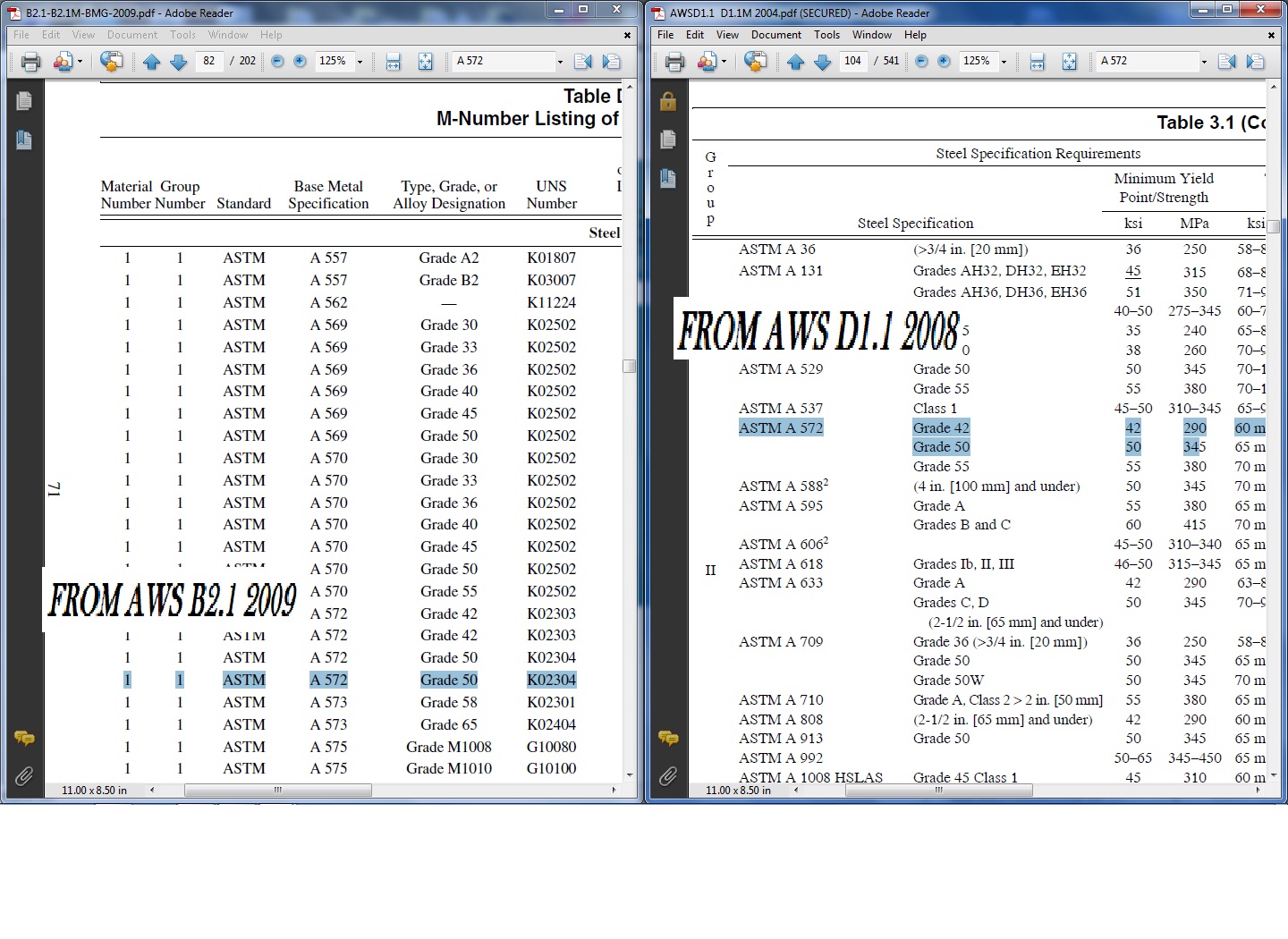Hi Nantong,
As to why they are doing it I have no idea but the project I have just strated in Malaysia is importing all the steel from Australia (about 7000 tons) and I know of two projects in Thailand at the moment that are doing the same.
A project I was on recently in Thailand for the worlds biggest miner (BHP Billiton) stipulated Australian grades of steel. We got a concession to use locally produced JIS SS400 instead.
The stipulation allowing the concession was that every heat number on primary steel (16 mm and above) had to have verification tests - tensile, yield, elongation, bend test and chemical analysis and they all must comply with the Australian grades.
Well, we got up to 250 of these tests (at a huge cost) without a single failure before they finally relented and ceased testing (methinks more money than brains).
The crazy thing was I heard (from a reliable source) that one of the largest mills in Australia imports JIS SS400 material to supplement its production and then recertifies it to AS/NZS 3678 for sale in Australia.
So, in reality, we may actually have an SS400 plate produced in Thailand, shipped to Australia, re-certified as AS/NZS 3678, purchased by an Australian company and sent back to Thailand, fabricated into a module and then shipped back to Australia ???
Regards,
Shane

